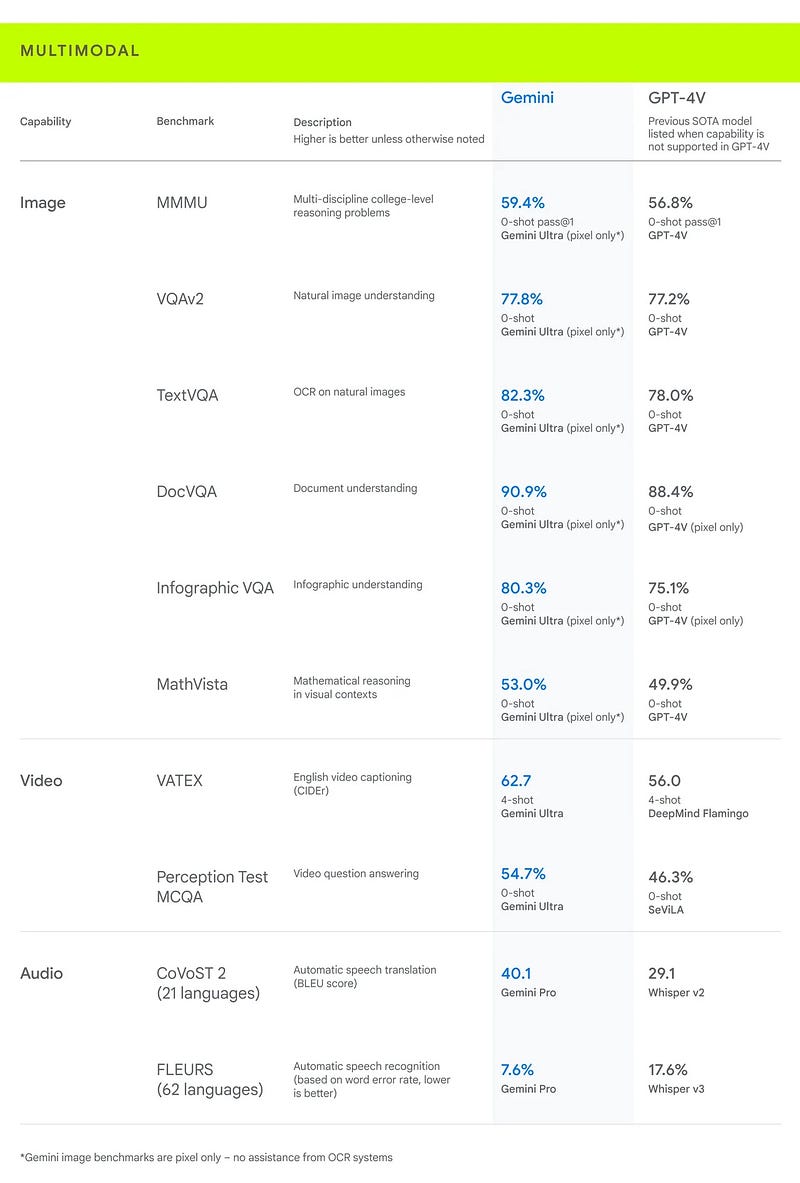What is Gemini? A Comprehensive Guide to Google’s Latest AI Model
What is Google Gemini?
Gemini stands as a cutting-edge artificial intelligence model introduced by Google, boasting the ability to comprehend not only text but also images, videos, and audio. Positioned as a multimodal model, Gemini is characterized by its capacity to perform intricate tasks in diverse fields such as math and physics. Additionally, it showcases proficiency in understanding and generating top-tier code across various programming languages.

This powerful AI model is presently accessible through collaborations with Google Bard and the Google Pixel 8, with plans for gradual integration into other Google services in the future.
“Gemini is the outcome of extensive collaborative endeavors involving teams from various departments at Google, including our partners at Google Research,” stated Dennis Hassabis, CEO and co-founder of Google DeepMind. “Developed from scratch, it is inherently multimodal, designed to generalize effortlessly and comprehend, operate across, and integrate diverse forms of information. This includes text, code, audio, image, and video, showcasing its versatility and comprehensive understanding.”
Who made Gemini?
Gemini, unveiled as Google’s most advanced AI model to date, is a product of collaborative efforts between Google and Alphabet, Google’s parent company. Notably, Google DeepMind played a substantial role in contributing to the development of Gemini.
Are there different versions of Gemini?
Google characterizes Gemini as a versatile model with the ability to operate across a spectrum of platforms, from Google’s data centers to mobile devices. This adaptability is facilitated by the release of Gemini in three distinct sizes: Gemini Nano, Gemini Pro, and Gemini Ultra.
Gemini Nano: Tailored for smartphones, particularly the Google Pixel 8, Gemini Nano is optimized for on-device tasks. It efficiently processes AI without relying on external servers, making it suitable for functions like suggesting replies in chat applications or summarizing text.
Gemini Pro: Engineered to run on Google’s data centers, Gemini Pro powers the latest iteration of the company’s AI chatbot, Bard. It excels in providing swift responses and comprehending intricate queries, delivering optimal performance in a server-based environment.
Gemini Ultra: While not yet widely accessible, Gemini Ultra is heralded by Google as its most advanced model. It surpasses current benchmarks in large language model research and development, excelling in 30 out of 32 widely-used academic benchmarks. Designed for highly complex tasks, Gemini Ultra is in the final stages of testing and is anticipated to be released after completing its current phase.
How can you access Gemini?
Gemini is now available on Google products in its Nano and Pro sizes, like the Pixel 8 phone and Bard chatbot, respectively. Google plans to integrate Gemini over time into its Search, Ads, Chrome, and other services.
Developers and enterprise customers will be able to access Gemini Pro via the Gemini API in Google’s AI Studio and Google Cloud Vertex AI starting on December 13. Android developers will have access to Gemini Nano via AICore, which will be available on an early preview basis.
How does Gemini differ from other AI models, like GPT-4?
Google’s new Gemini model appears to be one of the largest, most advanced AI models to date, though the release of the Ultra model will be the one to determine that for certain. Compared to other popular models that power AI chatbots right now, Gemini stands out due to its native multimodal characteristic, whereas other models, like GPT-4, rely on plugins and integrations to be truly multimodal.

Compared to GPT-4, a primarily text-based model, Gemini easily performs multimodal tasks natively. While GPT-4 excels in language-related tasks like content creation and complex text analysis natively, it resorts to OpenAI’s plugins to perform image analysis and access the web, and it relies on DALL-E 3 and Whisper to generate images and process audio.
Google’s Gemini also appears to be more product-focused than other models available now. It’s either integrated into the company’s ecosystem or with plans to be, as it’s powering both Bard and Pixel 8 devices. Other models, like GPT-4 and Meta’s Llama, are more service-oriented, and available for various third-party developers for applications, tools, and services.
